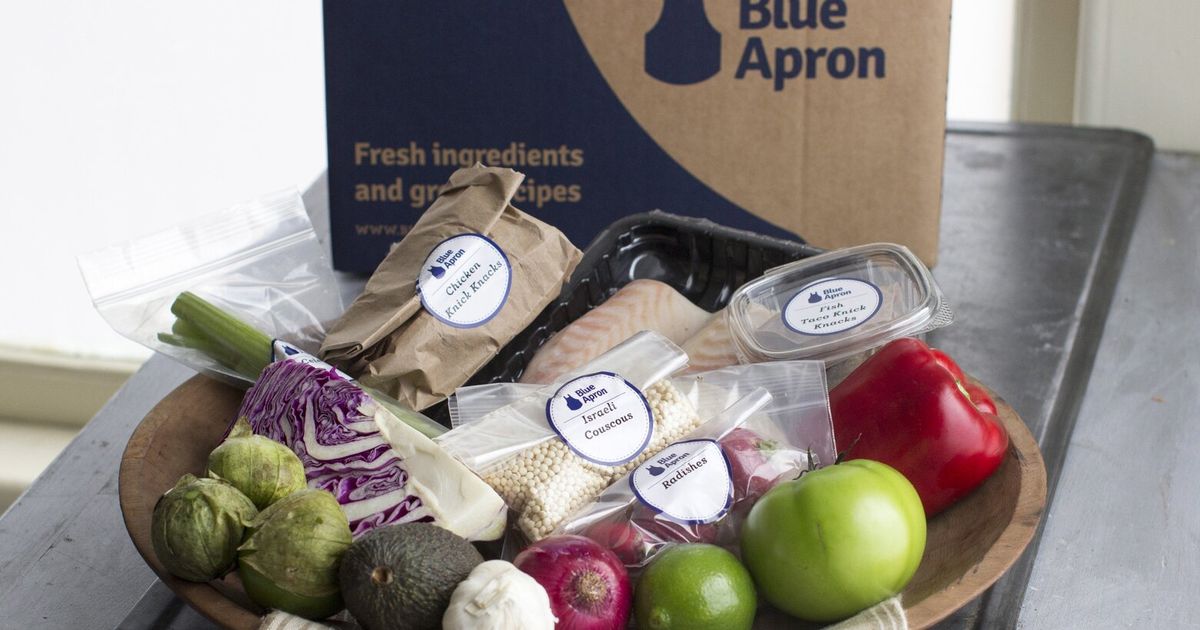
Meal kit subscriptions boomed in popularity in 2020, when more people were cooking at home than going out to eat during the beginning of the COVID-19 pandemic. Companies like HelloFresh, Blue Apron and EveryPlate catered to customers looking for healthy meals with more variety, made with pre-portioned ingredients shipped to their door.
But now that restaurants and supermarkets are back to business as usual, some meal kit users are wondering if their subscription is still worth the cost — especially after the promotional offers are gone.
Excluding promotions, meals generally run between $6 and $12 per serving, putting the cost on par with some takeout options. And with most meal kit subscriptions covering just four to six meals a week, customers still need to grocery shop for their other two daily meals.
Whether the meal kits are worth the cost depends on what’s important to you and what you would be spending otherwise on food. Here are some factors to consider when deciding whether to start — or continue — a meal kit subscription.
How much would you otherwise spend on food?
For some customers, the most important factor in deciding whether to use a meal kit is the price. A subscription may cost more or less than you would typically spend on ingredients, depending on your budget for groceries and dining out, and household size.
“The intro offer pricing was equivalent to my usual weekly grocery budget, but a full-price box wasn’t,” says Nadia Russell, a health care analyst. She enjoyed the convenience and variety her subscription offered, but she canceled after the promotional period due to the cost increase.
“I could spend the same amount at the grocery store for a week’s worth of groceries,” says Emily Bird, an administrator for a music distribution company, about the cost of a weekly meal kit package. She, too, took advantage of a popular meal kit’s promotional offer but chose to cancel the subscription after the first few weeks.
But if you’d otherwise be purchasing takeout or going to a restaurant, a meal kit could be a cheaper option. It could also be a more appealing option for a larger household: Most services offer a discount for a higher number of servings.
Madisenne Berry, a massage therapist, subscribed to an ingredient-based meal kit to cook weeknight dinners for her three-person household.
“It was definitely cheaper than buying groceries at the grocery store every week,” she says.
How much are you willing to pay for convenience?
Meal kits can be cost-effective in less concrete ways. They reduce the time and energy needed to plan meals and shop for groceries.
“I like to cook and try new recipes,” says Christina McNichol, a full-time nanny. “It’s way more expensive to try to make elaborate recipes when you have to buy all the ingredients separately; with a meal kit, I could pick my meals ahead of time and get the exact amount I needed.”
Others benefit from the convenience of having pre-portioned ingredients delivered — especially if it’s difficult to get groceries in person.
If you’re happy with your usual home-cooked rotation of meals and leftovers, paying more for a varied dinner menu might not make sense. But it could be worth the extra cost — and perhaps even more cost-effective — if you’re itching to try new recipes but don’t want to buy a cartful of ingredients you haven’t used before and might not use again.
This column was provided by the personal finance website NerdWallet. Dalia Ramirez is a writer at NerdWallet. Email: dramirez@nerdwallet.com.


More Stories
Southwest’s epic holiday meltdown could cost it $825 million
From orphans to best friends, Woodland Park Zoo welcomes new bear cubs
Tacoma zoo welcomes new Sumatran tiger